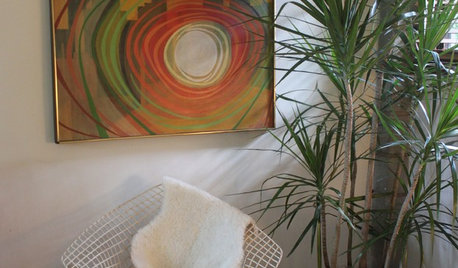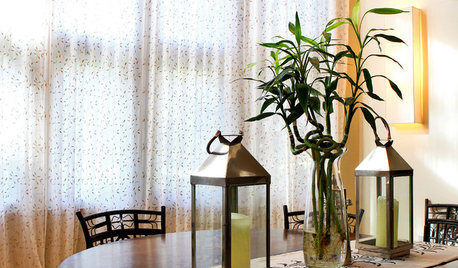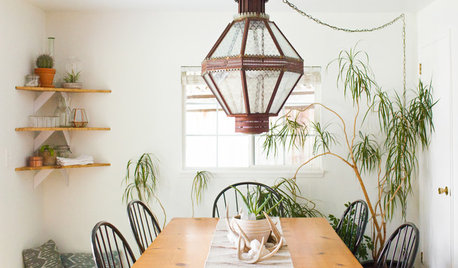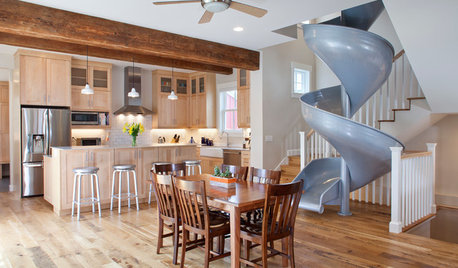how cold for a Dracaena Marginata?
shawnalis
13 years ago
Related Stories

HOUSEPLANTSGet a Dash of the Rain Forest With Madagascar Dragon Tree
This living decoration reaches up to 15 feet, has minimal needs and adapts to different light levels — just steer clear of fluoride
Full Story
DECORATING GUIDESImprove Your Style Fortune With Lucky Bamboo
Serve this versatile plant straight up or with a twist for auspicious living decor that thrives without soil
Full Story
GARDENING AND LANDSCAPINGLay of the Landscape: Tropical Garden Style
Create a vacation paradise in your backyard even if temperatures sometimes dip with these guidelines for tropical-style gardens
Full Story
GROUND COVERSGround Force: 10 Top Ground Covers for Your Garden
Protect your soil from weeds and drought this summer with a living mulch of ground covers
Full Story
HOUSEPLANTS10 Top Plants to Grow Indoors
Brighten a room and clean the air with a houseplant that cascades artfully, stretches toward the ceiling or looks great on a wall
Full Story
ECLECTIC HOMESMy Houzz: A Sanctuary With Bohemian Flair in the Pacific Northwest
See how a retail display artist and a Pilates instructor personalize their midcentury rambler
Full Story
MY HOUZZMy Houzz: Japanese Minimalism Blends With Classic New Orleans Style
African art and indoor plants complement the clean and modern aesthetic of two landscape architects
Full Story
HOUSEPLANTS8 Essentials for Healthy Indoor Plants
Houseplants add so much to our homes — and can thrive when grown in the right conditions. Keep these tips in mind
Full Story
GARDENING FOR BUTTERFLIES3 Ways Native Plants Make Gardening So Much Better
You probably know about the lower maintenance. But native plants' other benefits go far beyond a little less watering and weeding
Full Story
DINING ROOMSNew This Week: 6 Modern Dining Zones in Homes Big and Small
Look to splashy accent walls, right-sized tables and indoor slides to make the most of your open layout
Full StoryMore Discussions









birdsnblooms
tapla (mid-Michigan, USDA z5b-6a)
Related Professionals
Kapaa Landscape Architects & Landscape Designers · Oconomowoc Landscape Architects & Landscape Designers · Westwood Landscape Contractors · Anderson Landscape Contractors · Tempe Landscape Contractors · Broadlands Landscape Contractors · Cambridge Landscape Contractors · El Mirage Landscape Contractors · Kahului Landscape Contractors · Riverhead Landscape Contractors · South Lake Tahoe Landscape Contractors · Chicago Ridge Landscape Contractors · Ansonia Landscape Contractors · Aspen Hill Interior Designers & Decorators · Garden Acres Interior Designers & Decorators